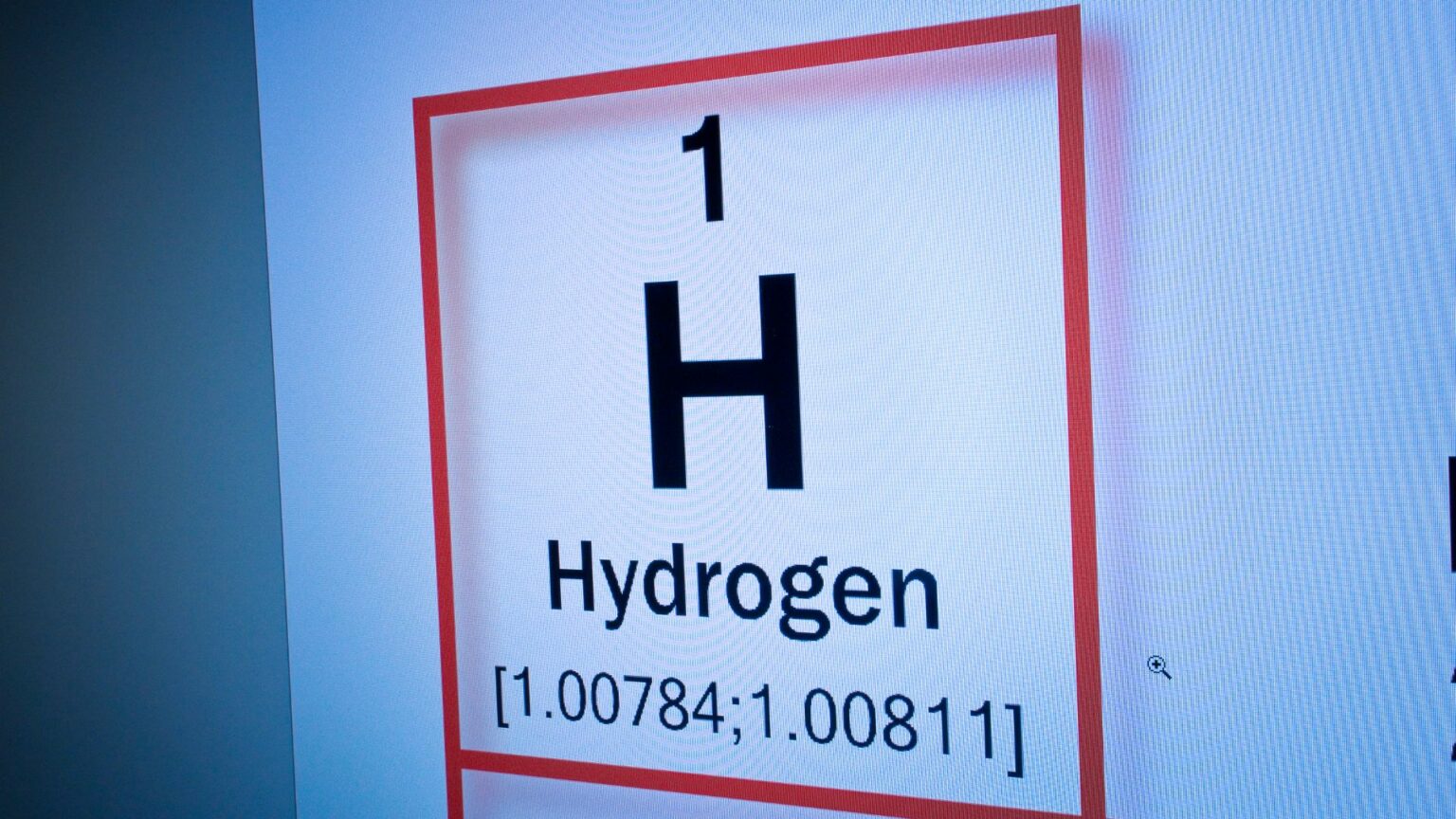PetroChina started construction of its first green hydrogen production plant in Ürümqi, Xinjiang. The facility, with a production capacity of 20,000 tons per annum, is situated within the Tuha oil refinery complex.
PetroChina’s initiative is a notable step in the green hydrogen sector. However, when compared to global benchmarks, the scale and impact of this project raise several questions. Leading hydrogen projects in Europe and North America, such as those by Shell and Air Liquide, often boast larger capacities and integrate advanced technologies for efficiency and sustainability. The relatively modest size of PetroChina’s plant suggests that it may primarily serve as a pilot project rather than a large-scale commercial endeavor.
The project’s location within the Tuha oil refinery complex is pragmatic, ensuring that the green hydrogen produced can be consumed locally, potentially reducing transportation costs and associated emissions. However, the overall environmental impact of the plant, including the source of renewable energy used for hydrogen production, remains unclear. Projects in regions with abundant renewable resources, such as wind and solar, often have a more pronounced environmental benefit.
While PetroChina’s investment in green hydrogen is a positive sign of the company’s commitment to sustainable energy, the economic viability of the project warrants scrutiny. The initial costs of green hydrogen production are typically high, and without substantial government subsidies or incentives, achieving competitive pricing against traditional fossil fuels can be challenging. This project might indicate PetroChina’s strategic intent to position itself within the emerging green hydrogen market, though it must navigate significant economic and technological hurdles.





